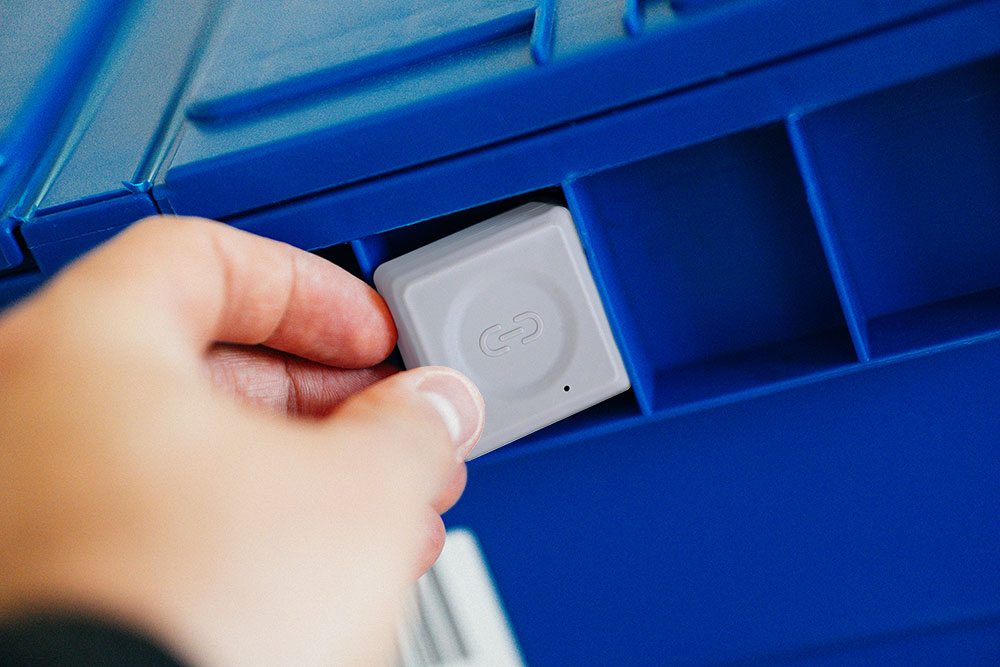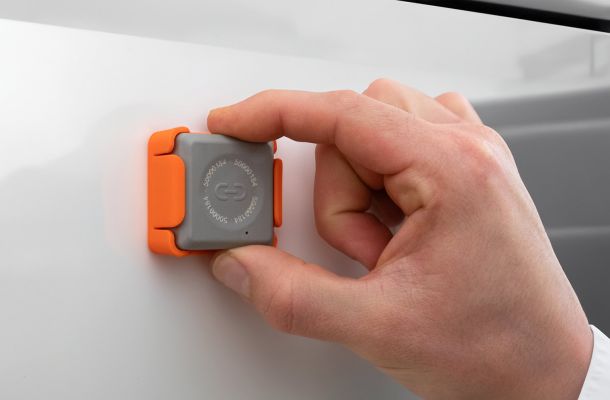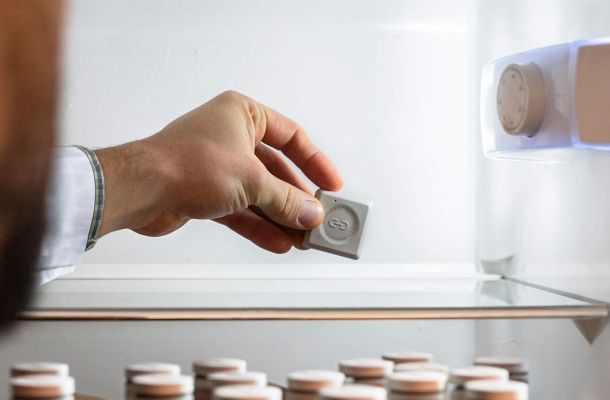IoT in supply chain management
Supply chain management can be fundamentally changed through the use of IoT devices. Find out what the challenges are and how the IoT can improve the supply chain in this article.
- Challenges in supply chain management
- How can the Internet of Things improve the supply chain?
- Examples for the implementation of IoT devices in the supply chain
- Conclusion
The supply chain describes the network of companies that ensure that goods get from A to B without interruption. Due to economic growth and globalisation in recent years, these very companies must act in an increasingly networked and efficient manner. Digitalisation offers numerous opportunities for optimising and automating processes.
Challenges in supply chain management
Die Lieferkette beschreibt das Netz von Unternehmen, die dafür sorgen, dass Waren ohne Unterbrechung von A nach B gelangen. Aufgrund des Wirtschaftswachstums und der Globalisierung der letzten Jahre müssen genau diese Unternehmen immer vernetzter und effizienter agieren. Die Digitalisierung bietet zahlreiche Möglichkeiten, Prozesse zu optimieren und zu automatisieren.
- Transparency and visibility
Due to the high volumes, it can be difficult for companies to know where and in what condition a delivery is at any given time. - Responsiveness
To prevent delivery failures, companies must be able to react quickly to disruptions. - Cost control
Storage, transport and processing costs must be minimised to increase the profitability of companies and thus make them more competitive. - Identification of problems & faults
Companies must be able to clearly identify and minimise supply chain disruptions and quality problems.
How can the Internet of Things improve the supply chain?
Logistics is already classified as highly digitalised, because as a rule, some areas of the supply chain are already interconnected. This already forms a good basis so that new technologies such as IoT devices can be implemented quickly and easily into existing processes. The Internet of Things (IoT) has proven to be a powerful tool to optimise industrial processes, because IoT creates one thing above all: transparency.
According to recent studies by research institutes such as Statista, up to 30 billion networked devices are expected to be in operation by 2030 [1] and provide more transparency in processes. Due to the complexity of supply chains, they offer particularly great potential for networking processes and optimising or automating them in the process.

In order to gain more transparency, companies can use IoT sensors and devices to, for example Track deliveries. Dabei lassen sich zeitgleich die Umgebungsbedingungen wie zum Beispiel Monitor temperature and humidity. Furthermore, by monitoring parameters, it is also possible to determine whether a delivery has been improperly handled or damaged. This enables companies to guarantee the quality of their deliveries. In addition, possible problems in the supply chain are identified and can be eliminated.
Through the use of IoT devices, real-time inventories can also be mapped. This allows companies to react quickly to changes in stock levels and thus avoid overstocking and shortages. In addition, IoT devices can automatically place orders when stock is running low.
Examples for the implementation of IoT devices in the supply chain
- tracker can be attached to deliveries, load carriers or transport packaging. They provide information about stock levels or the position of the item or delivery.
- Datalogger can be attached to goods in vehicles or transport containers such as thermal containers. They are used to automatically document temperature and humidity, for example.
- Smart storage racks & scales can be used to automate ordering processes or send alerts when stock is low to optimise inventory management.
Conclusion
The IoT has the potential to fundamentally change supply chain management. Through more transparency in the supply chains, the players can increase their efficiency and reduce costs. In addition, the use of IoT devices can open up new business areas, for example by allowing companies to offer additional services for their deliveries. All in all, it can be said that the Internet of Things will play an important role in the world's supply chains in the coming years.
Sources:


